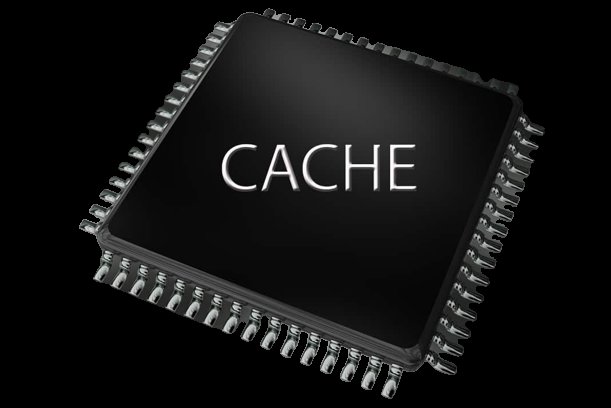What is Cache Memory in a Laptop, and Why is it Significant?
Cache memory is a type of high-speed memory located directly on or near the laptop’s CPU (Central Processing Unit). It stores frequently accessed data and instructions, allowing the CPU to retrieve this information quickly rather than accessing it from the slower main memory (RAM). Cache memory significantly impacts the laptop's performance by reducing the time taken for data retrieval, enhancing the CPU's processing efficiency.
Types of Cache Memory
Cache memory in laptops generally comes in three levels:
- L1 (Level 1) Cache: Located directly within the CPU, it is the smallest but fastest type of cache. The CPU frequently accesses L1 cache due to its high speed.
- L2 (Level 2) Cache: Located close to the CPU, L2 is slightly larger but slower than L1. It serves as an intermediary, holding data that isn't found in the L1 cache.
- L3 (Level 3) Cache: Found on most modern CPUs, L3 cache is shared among CPU cores and stores data that’s not in L1 or L2. It’s slower than the other caches but still faster than main memory.
The Significance of Cache Memory
-
Increased Processing Speed: Cache memory boosts data access speed, allowing the CPU to perform tasks more efficiently and improving overall system performance.
-
Enhanced Multitasking: With multiple layers of cache memory, a laptop can manage multiple tasks without delays, leading to a smoother multitasking experience.
-
Reduced Power Consumption: Faster data access means the CPU doesn’t need to work as hard, reducing power consumption and potentially improving battery life in laptops.
-
Reduced Bottleneck: Cache memory decreases the dependency on slower main memory, reducing the bottleneck that can slow down data-intensive applications.
-
Improved Application Performance: Cache memory plays a vital role in running demanding software smoothly, such as video editing programs or 3D rendering tools, by making frequently used data easily accessible.
How Much Cache Memory Do You Need?
For most everyday tasks, laptops come equipped with sufficient cache to meet the requirements of general users. However, for heavy tasks like gaming or professional video editing, having a higher cache (especially in L3) can improve responsiveness and efficiency. Modern processors with multi-level caches are generally sufficient for handling demanding applications.
In summary, cache memory significantly influences a laptop's speed, efficiency, and power usage, making it essential for optimal performance, especially in processing-intensive tasks.
Ganesh K Avasthi
9823560002
